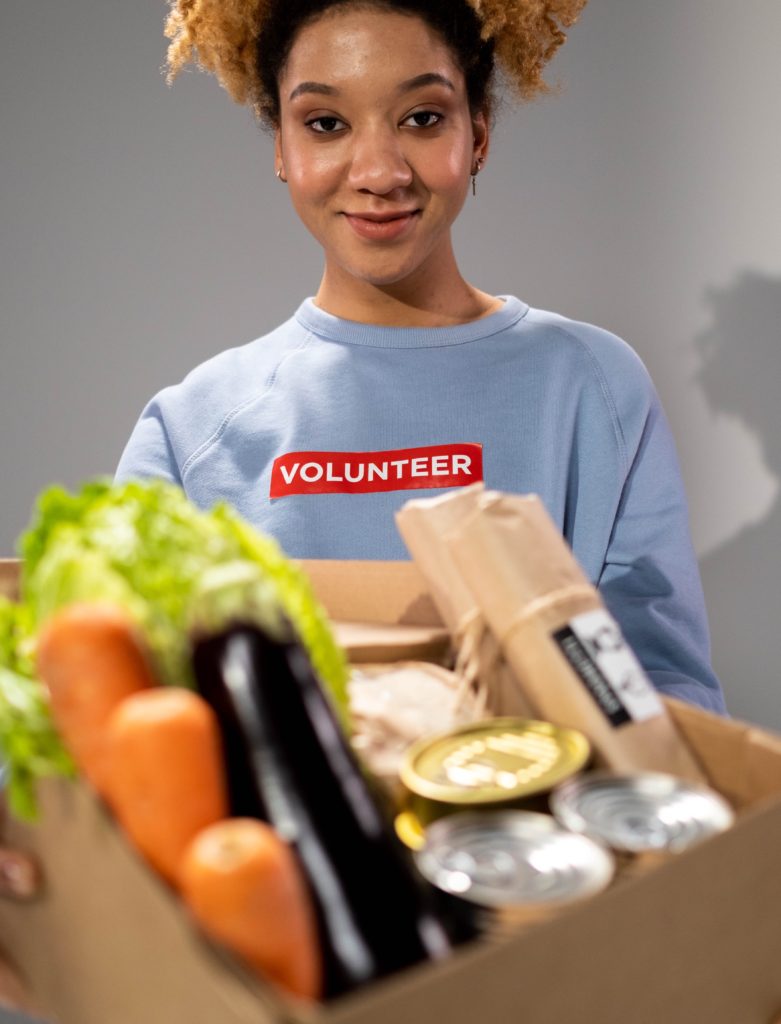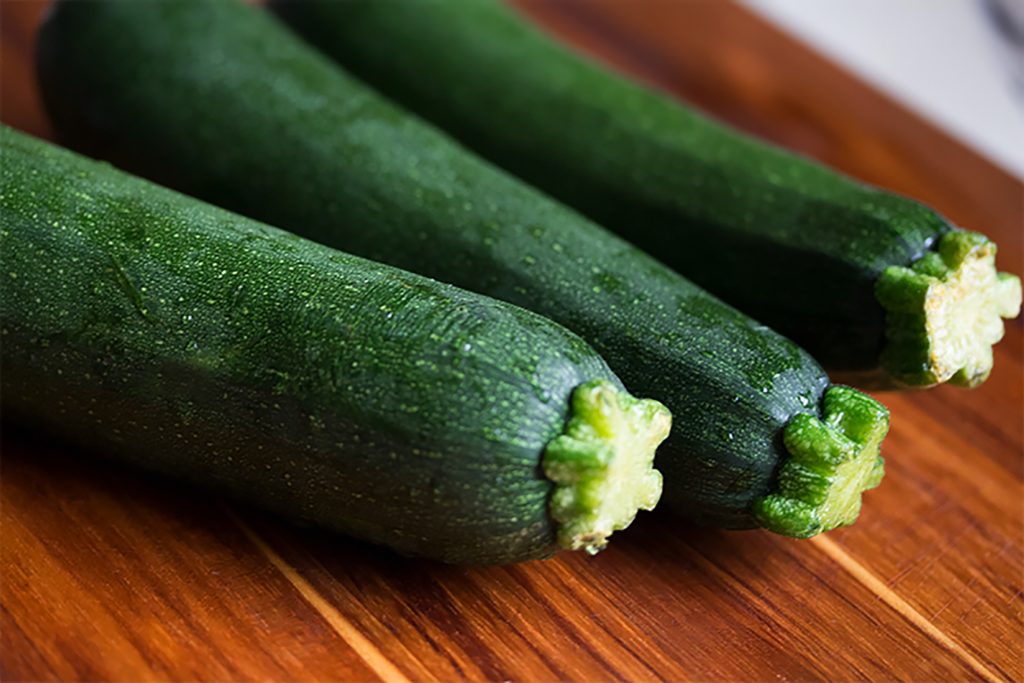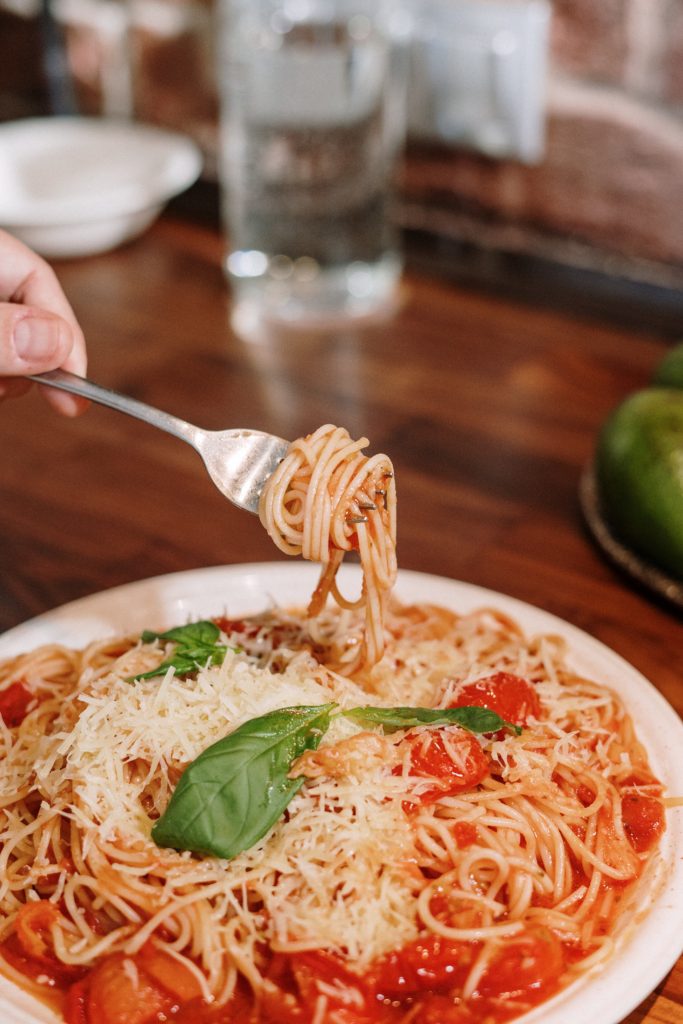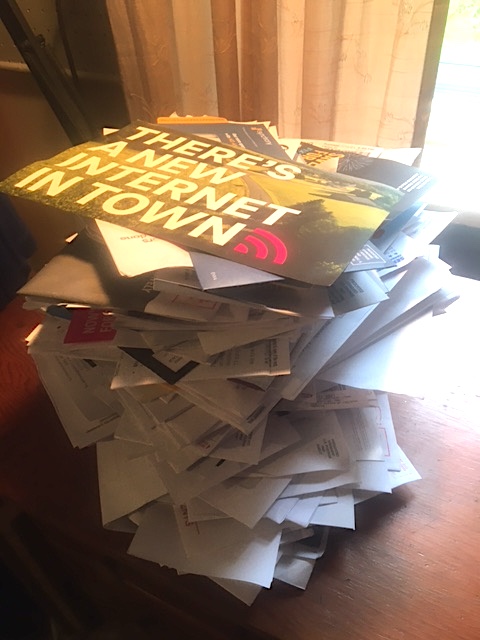Eating on a budget? How and what to eat when money’s tight
(This post may contain affiliate links. See the full affiliate disclosure here for more info.)
Eating on a budget isn’t easy. Food spending and grocery spending comprise a large portion of many families’ monthly budgets. But many people run out of money for food (and everything else) before the month is over.

You might have a long grocery list but a small grocery budget. Since food is a basic need, we need to find ways to feed our family when the food budget is tight.
Unfortunately, some of the cheapest foods are not the most nutritious foods. Here are some good ideas for stretching food, finding food that’s cheap or free, and filling hungry bellies when there’s not a lot of money.
How to find free food and find cheap food
Since COVID, more and more places have popped up to find free food, and it’s been a blessing for many. Judgment, often hard to deal with, has been set aside in the interest of helping others.
Food shelves

Food shelves and community pantries offer free food. Most communities have a food shelf or at least one nearby. They all operate differently.
Some require proof of residence, some provide a certain amount and type of food per person in the household, and some let you shop freely. Some have you visit on certain days per month, and some let you visit when you need to without restrictions.
Food shelves most often have non-perishables like canned goods and boxed food. Sometimes, they have facilities that allow them to have meat, which is usually frozen, or dairy items like cottage cheese, pain yogurt, cream cheese, and other cheeses. These foods are great sources of protein. They might even have fresh fruit, fresh vegetables (especially during the growing season, thanks to the generosity of growers), diapers, and formula.
Churches
Do not discount the generosity of churches, even if you are not a member.
Some churches sponsor food shelves, but others have funds to help people in need. A phone call for help might be difficult to make, but you will likely find compassion and help on the other end. If you have no vehicle, many have volunteers that would be happy to deliver food.
You can also try their Facebook page. It will probably list the ways they serve their community and might even list other resources you aren’t aware of.
Facebook groups
There is a FB group in my state that offers only free things—food, baby formula, diapers, clothing, household items, and anything else you can think of from air conditioners to strollers to leftover building materials—to people of all ages.
The only requirement is that they are in need. People post what they need, others post what they have. The process cuts waste, recycles items, and feeds people.
If there isn’t such a group in your community, think about starting one. Yes, being the moderator gets burdensome at times, but the gratitude of the people who are served makes it worth it.
Everyone Eats
The Everyone Eats program was funded by the State of Vermont to provide “nutritious meals to Vermonters in need of food assistance” and be a “stabilizing source of income for Vermont restaurants, farmers, and food producers.”
Free meals were distributed statewide in collaboration with local restaurants. It fed hungry people and provided funds to keep staff working who might otherwise be laid off during the pandemic. The program was alive and well during the COVID-19 pandemic and was extended, although it’s not clear for how long.
Roadside stands
Yes, most people who sell their vegetables and eggs at roadside stands are doing it to make money. But don’t discount those times when people are just looking to get rid of their glut of zucchini or offer their fresh produce for a donation only.

Here are some ways to prepare zucchini noodles and other zucchini recipes.
You can score good, fresh, cheap, and nutritious food by checking out farm stands.
Eating on a budget—How to stretch the food you have
Maybe you have some food in your pantry, but it doesn’t look like it can come together as a meal, or maybe you visited a food shelf and have a box of random food.
When my kids went to college and lived in apartments without a school meal plan, they routinely ran out of money for food. Here’s the advice for the cheap meals I gave them.
Use pantry staples
You can’t go wrong with potatoes, eggs, and peanut butter. Eggs scrambled into home fries, with a couple of hot dogs cut into “pennies,” make a hearty meal.
Eggs are no longer cheap, thanks to avian flu. However, those who raise chickens still sell their eggs for less than the stores do, and they are generally more nutritious.

Peanut butter sandwiches (on cheap white bread) provide protein. A banana adds vitamins. Trying grilling a peanut butter and banana sandwich to make it a little more special.

Ramen noodles are super cheap. Only use half of the package to cut the salt content, or don’t use it at all and simmer the noodles in a can of stewed tomatoes. Add bits of leftover food like vegetables and meat or canned vegetables or beans.
By adding anything you find, one or two packages can be stretched to feed a family. The added goodies can be switched up to make different types of soups for variety.
Pasta is cheap but lacks nutrition. Still, it fills hungry bellies. Anytime it can be topped with fresh vegetables, the nutritive value increases.

Cheese is not cheap, but it provides vital protein to a plate of pasta. Adding a little grated parmesan cheese and a splash of milk to cooked orzo turns it into yummy, filling comfort food.
Compare the unit price of brown rice, white rice, and dry beans to canned beans and pasta. That will give you a good idea of whether a particular food is a good buy. Bulk buys usually have cheaper unit prices, but there’s not always enough money for the initial outlay or enough time in the day to soak and cook dried beans.
Pasta and beans can all be good “extenders”—ways to add volume to stretch a meal—and a great alternative to meat. Look for generic brands. These are a great value as some are simply famous brands relabeled.
In-season and cheap vegetables
As fresh vegetables, both potatoes and carrots are pretty cheap all year, and both are very versatile. Grated potatoes are great meat extenders.
Carrots can be eaten raw as a snack, cooked and eaten, or pureed into a soup or sauce. Potatoes, carrots, zucchini, and broccoli can be grated and made into homemade tater tots or “potato” pancakes (latkes). Kids eat these up!
Find cheap(er) cuts of meat
Where I live, chicken thighs are cheaper cuts of meat, cheaper than hamburg or ground beef. Packages of ground turkey have less fat than cheap beef and are usually packed in larger package sizes for less money than ground beef.
They are a good source of low-fat protein and if there is extra money in the monthly food budget, are quite versatile.
Do you live near fresh water? Don’t discount fishing for your dinner. Fish is an important protein source and low in fat. Kids can usually fish for free.
Here are some great “struggle meals” that are cheap meals to make.
This snack goes a long way when you’re eating on a budget
Yes, protein-packed snacks and fresh fruit are best, but when the cupboard is bare and bellies are empty, a bowl of popcorn is a great, cheap filling option. It can even be packed as a snack in school lunches.
Be sure to buy popcorn in a bag. The price per serving is so much cheaper than buying it in microwavable bags or already popped. It’s easy to cook popcorn on the stovetop in a tiny amount of oil. Just keep the pan moving (shake it gently horizontally) when the kernels start to pop.
Top with a spritz of oil and a little salt, or sprinkle with grated parmesan. If you’ve got spicy and herb eaters in your family, experiment with cajun and other seasonings, even Old Bay!
The cost of food is rising. And finding good food at a good price is getting harder.
Yes, nothing beats healthy eating and a healthy diet, but sometimes, food prices and budget constraints mean that we need to save money by adding less-nutritious food to fill hungry bellies.
Aim for protein and limit no-value carbs like pasta as much as possible, look for sources of vegetables and the best cheap foods, and use the tips above to find the best ways to feed your family on a tight budget.
Did I forget a good source of free or cheap food or a great way to stretch our food dollars and lower the grocery bill? Do you have some cheap, easy meal ideas? Leave a comment below, and I’ll add it!






